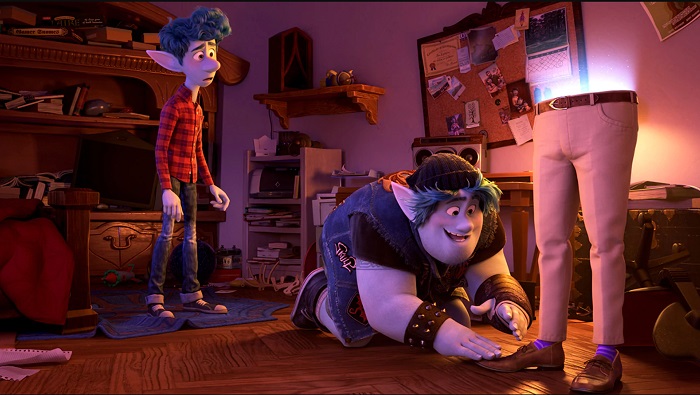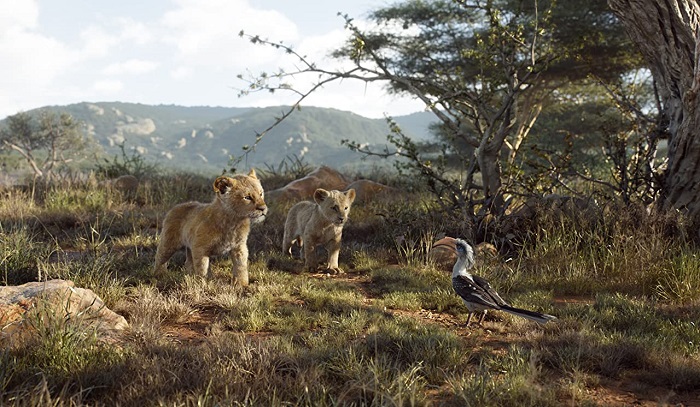
[ad_1]
- SEA stands to innovate with new immersive tech, but strong studio culture is critical
- Investing in robust pipeline upfront is future-proofing, but it depends on studio needs

It’s not often that we discuss technology when talking about animation, but both are aspects that evolve hand-in-hand. When Walt Disney stepped into the world of feature-length animation with 1937’s Snow White and the Seven Dwarves, he didn’t just elevate animation as an art form, but pioneered the use of the multiplane camera, which gave depth to 2D imagery.
Today, the right animation tool or software can heavily influence a production. Monsta’s Boboiboy: The Movie 2, for instance, completed production in 12 months (a very short period for animated films) because the studio invested early into the Redshift Rendering software.
It’s crucial for animation studios to invest in the right technology, yet this also comes with a need for balance. Do you invest in technology first, or talent? Should you dive right into the latest, more experimental tech, or take on something safe and stable?
These are questions we sought to answer in a conversation with Dylan Sissons, a painter, illustrator and sculptor who works at the renowned Pixar Animation Studios as a technical artist in the RenderMan group. Sissons recently gave a talk at the Kre8tif! 2020 virtual, wherein he presented on Pixar’s RenderMan animation technology.
“Investing in a robust [animation] pipeline upfront can cause fewer headaches down the road, so it’s an important question to think about,” Sissons tell Digital News Asia. On the subject on how studios have to decide on which animation technology to invest in, Sissons says that it depends on the studio’s works.
“For studios who are working on projects for clients abroad, having a pipeline that is compatible with their client’s tools allows sharing assets much more easily,” he says. “It really depends on the types of projects that a studio is planning to take on, and that is often unique to each studio, so there are a lot of pipelines out there. Choose wisely!”
Tech or talent?
The world of animation technology is a landscape of constant change and innovation. “There is so much going on right now with technology, it’s mind boggling,” Sissons says.
“There are a lot of lines starting to blur between real time and offline rendering, along with the emergence of immersive technology, from MPC’s Virtual Production on the Lion King, to ILM’s (Industrial Light and Magic) StageCraft work on The Mandalorian. Things are getting really interesting.”
In addition to that, Sissons says that there is increasing adoption of open standards, such as Pixar’s USD (Universal Scene Description) which he notes will “provide a strong backbone to support the complexity of production today.”
It is, therefore, important for animation studios to pay attention to new animation tech. From there, however, a question arises: should a burgeoning animation industry like that in Malaysia and Southeast Asia take risks and explore new animation tech? Or is it important to first build a stronger foundation?
“While I think it’s important to build a pipeline on a solid foundation, I do think smaller studios have a chance to explore XR technology first,” Sissons say. XR technology, otherwise known as “cross-reality” or “extended reality, encompasses several immersive video standards including AR (augmented reality) and VR (virtual reality).
Smaller studios might have a leg up when it comes to adopting new immersive tech. “Bigger studios with massive pipelines, like Pixar, can take longer to change direction. So it’s quite possible that we’ll see innovation on this front from regions like Southeast Asia in some unexpected ways,” Sissons explains.
That said, he makes it clear that it’s critical for a studio to develop a strong culture, especially one that is “focused on a workplace where everyone can participate and succeed, that can bring out the best creative and technical ideas.”
“Of course, that is super easy to say, but it’s hard to accomplish,” Sissons admits. “Even at Pixar, it’s something we’re always striving towards, and it couldn’t hurt to keep it in mind.”

On RenderMan
A solid foundation would be more crucial for animation studios, because there are – at the very least – a good selection of animation tech to fit studios of varying sizes and budget. RenderMan would be one of them.
“As an industry standard, RenderMan is used throughout VFX and 3D animation, not only at big studios like Pixar, ILM and MPC, but also at studios with much smaller crews,” Sissons explains, adding that it is even used at NASA for scientific visualisation.
“RenderMan’s usage on highly complex scenes makes it flexible and very stable for interactive rendering and production rendering. Using a tool like RenderMan can help smaller studios raise the quality of their output, as well as empowering artists with fast creative tools. RenderMan used to be very technical, and that has changed.”
According to Sissons, Pixar provides donations of RenderMan to school and universities that meet their criteria, and he encourages schools to make inquiries about bringing the software into their curriculum.
“We have over 250 schools around the world using RenderMan, and the quality of work that many of these students are producing is amazing. The new “live rendering” features make RenderMan useful in many new areas like modeling, layout, and animation,” he says.
There is also the Free Non-Commercial RenderMan that can be used for non-commercial work, handy for students and studios to dip their toes in. “It’s worth trying out, and we have plugins for Maya, Katana, and Houdini,” he notes.
While Sissons acknowledged that he’s not an expert in Southeast Asia’s animation industry, he has observed growing moment and talent in the region. “Moving forward, I would expect studios to grow and take on bigger and more complex projects, including developing more original IP (the Holy Grail of animation),” he says.
Perhaps new and exciting animation technology can help studios set themselves apart from the competition, but what’s more important, it seems, is to first build a solid studio foundation. They first need to be good storytellers.
[ad_2]
Source link